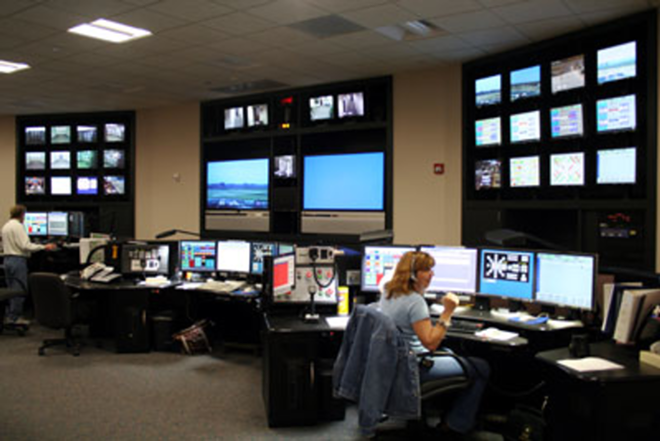Where: Behind the scenes at Tampa International Airport
Public access: Don't even think about it unless you're a school kid, a dignitary or a member of the press, all of whom get a free backstage tour.
Element of danger: For the unauthorized interloper, very high. The airport is a fortress of travel, watched over by a 180-camera security system and guarded by its own autonomous police force (the third-largest law enforcement agency in Hillsborough County). The police force has its own station, located in a building adjacent to the terminal, which includes a fully wired emergency command center, holding cells and interrogation rooms, and a well-stocked armory. Trust me, you're not going anywhere without someone noticing and arranging to have your ass Tasered upon arrival.
Why we went: TIA is a city onto itself, one that employs 8,000 people and pumps life into the Bay area on a daily basis. Yet most people rarely consider the airport except when flying in or out, picking up a visitor or trying to mail a letter at 2 a.m. on a Saturday night. Plus, haven't you ever wondered where your luggage disappears to after the skycap chucks it onto the conveyor belt at check-in?
What we discovered: Not surprisingly, security concerns are first and foremost in the minds of those in charge of TIA. Governed by myriad rules and regulations enacted at the end of 2001, the airport has no choice but to be a state-of-the-art facility. Everything that happens on site is monitored from a seven-month-old communication control center, equipped with computer banks, communications equipment and a wall of LCD flat-panel monitors displaying different views of the runways, terminals, parking lots, and, of course, CNN. Everything from a stalled airside tram (it happens) to a lunatic in the terminal with a machine gun (hasn't happened yet) is handled from this room.
The high-tech crown jewel is the $134 million baggage screening system, which utilizes 24 scanning machines broken into eight groups of three machines called "pods." Each pod can handle 1,000 bags an hour. The machines do a preliminary scan of the bags and send images of suspicious luggage to a separate on-site facility. There, TSA employees look at high-resolution 3D images of the bags in search of bombs and other contraband. The images are crisp, and it's doubtful anything harmful could slip through; the day I visited, the screeners found only some metal in the soles of shoes and a suitcase full of oranges.


